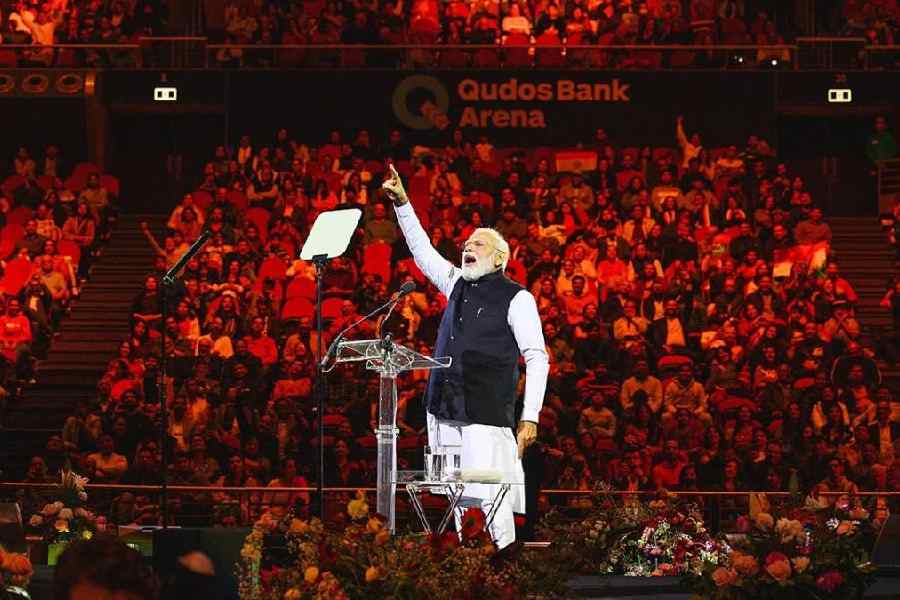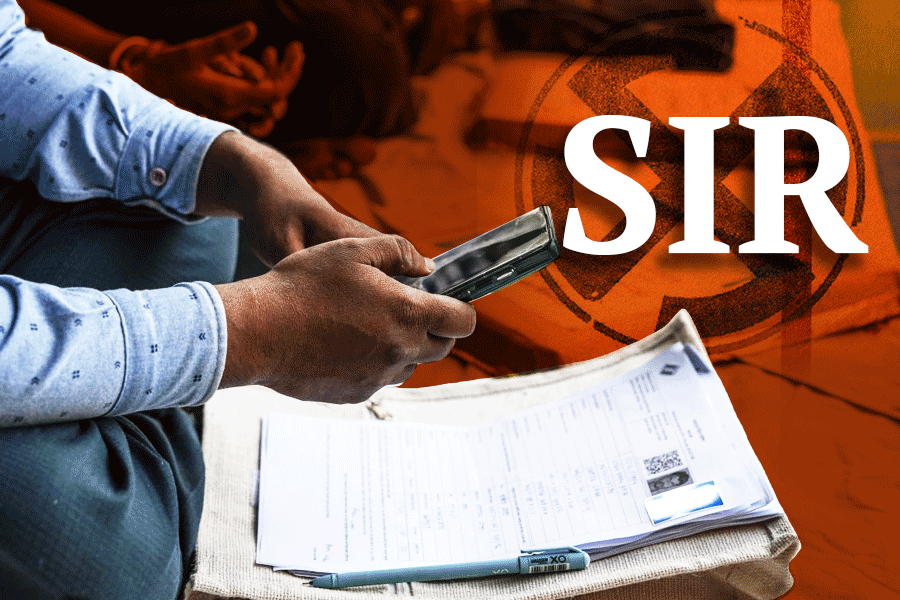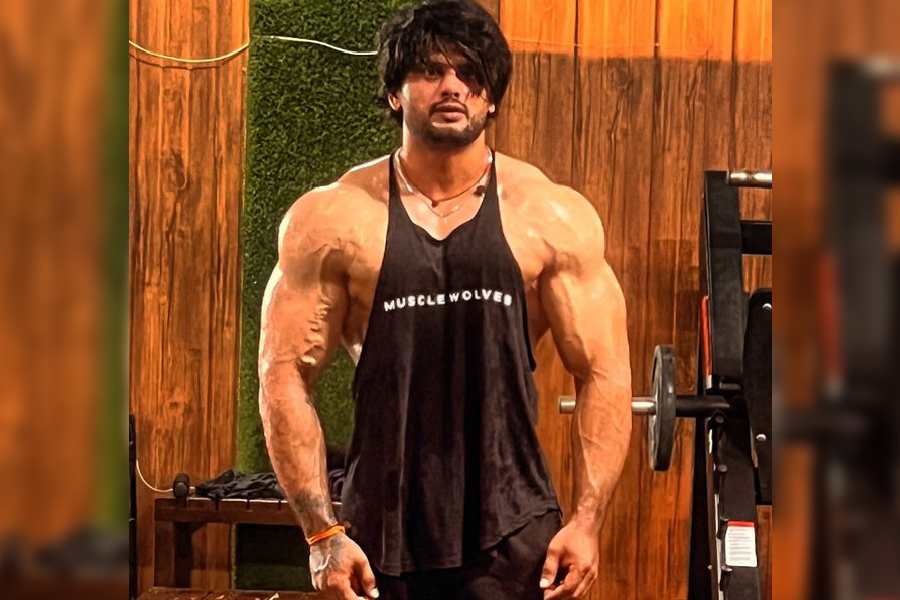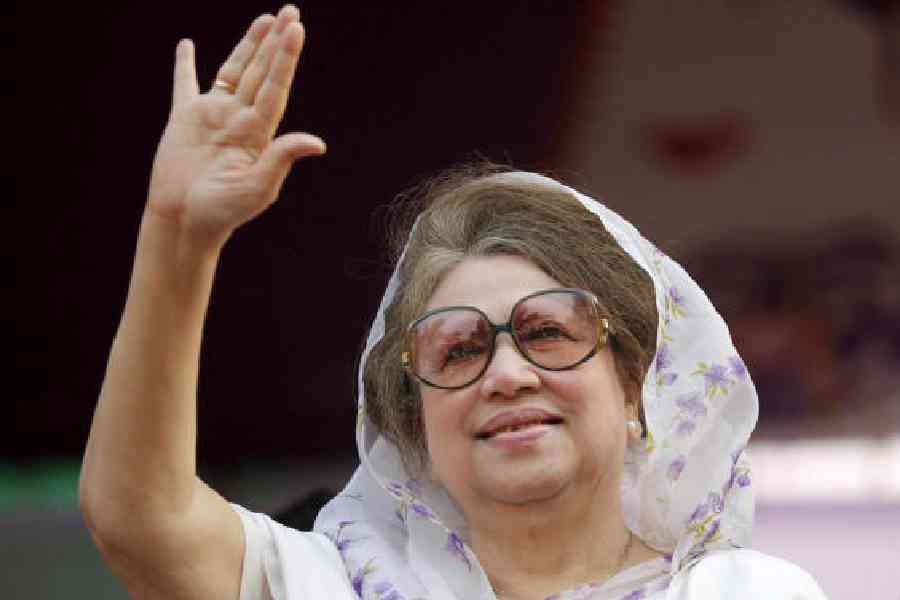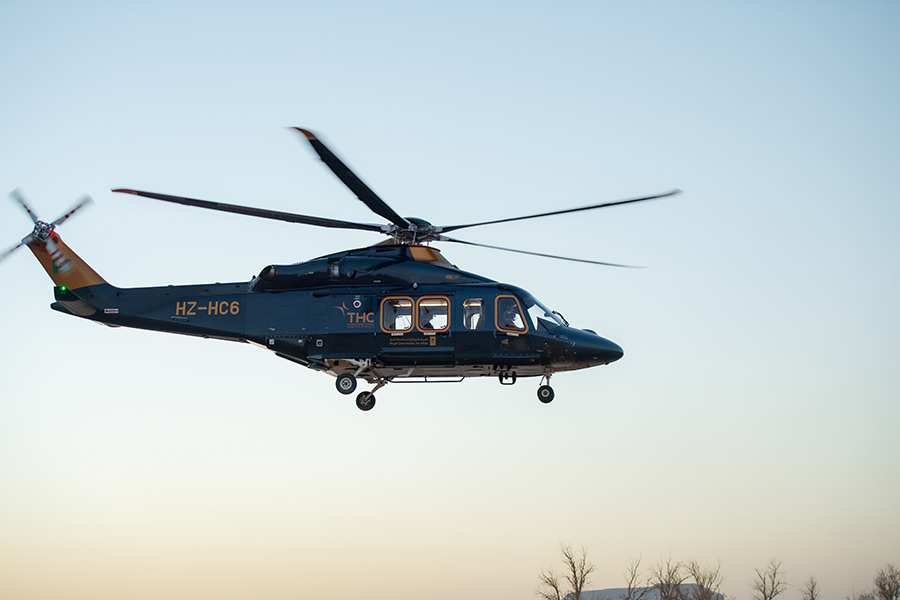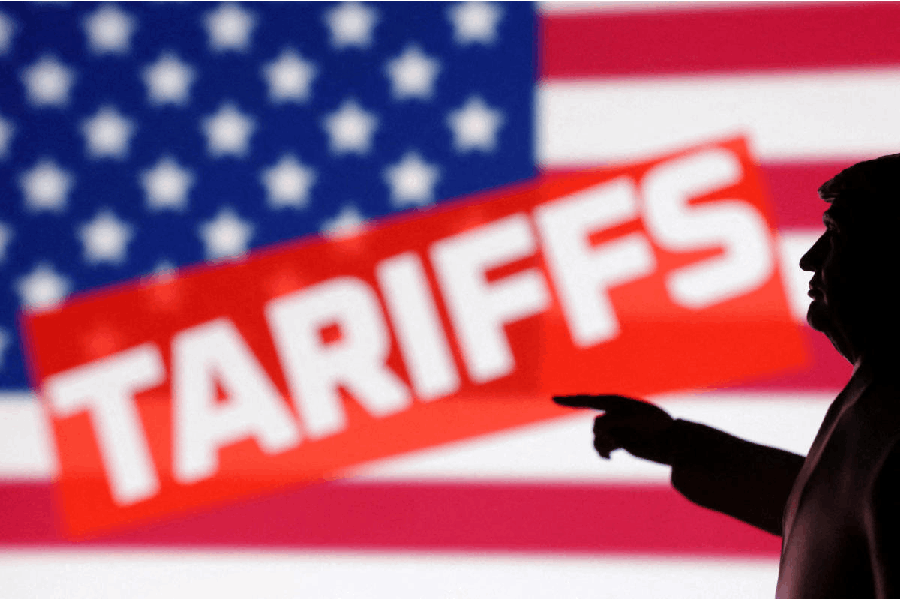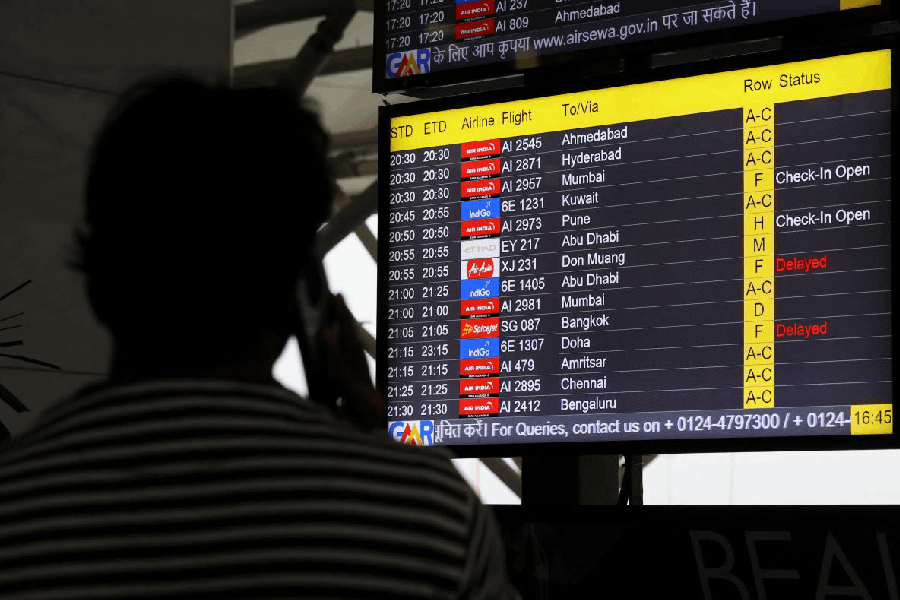Narendra Modi has transformed the nature of prime ministerial interaction with members of the Indian community, including the nature of community receptions, during his visits abroad. Earlier, prime ministers’ meetings with local Indian diaspora leaders, arranged by Indian Missions concerned, were sedate affairs. They have now assumed the character of political rallies. They dazzle the leadership of the country he is visiting with his immense popularity among the diaspora. They also impress upon the Indian public that he is hugely popular abroad.
The government and the ruling party ensure that the Indian audio-visual media gives saturated coverage to these community events. This is an end product. To attain it, great efforts are made and different approaches adopted depending on the nature of the diaspora in the country Modi is visiting. Those involved in varying degrees in the
process are the Indian Missions, the government, and the ruling party. The changing nature of Indian community events orchestrated by Modi and the Bharatiya Janata Party have impacted other political parties too. They, too, have begun to mobilise elements of the diaspora to serve their domestic political objectives.
As community events involve the diaspora, a brief word on its evolution is necessary. As it grew in the West and in the Gulf countries, beginning with the 1970s, the diaspora began to assume a different character from what it was in the early decades after India’s Independence. At that stage, it consisted largely of people of Indian origin who were descendants of Indian indentured labour. Thereafter, Indian professional migration began to the West, especially to English-speaking countries. Semi-skilled workers also went to some of these countries. Once the Gulf countries became rich after the 1970s, unskilled, semi-skilled and professional workers went there. All in all, the diaspora grew in strength in all these diverse countries; in some places, they became citizens of those nations. Gradually, they began to impact the politics of these countries. The descendants of Indian indentured labour did the same in countries such as Mauritius, Guyana and Fiji.
By the 1990s, Indian political parties began to take an interest in the diaspora and established overseas chapters among them. Indian political leaders, including prime ministers, began to meet them even on official visits; these meetings were private affairs and not part of their official programmes. Official engagements consisted of interacting with Indian community leaders who headed social, cultural and trade organisations. The community leaders’ political leanings were not a determining factor when the Missions arranged Indian community meetings. The cost of these meetings was not large. However, Missions used to ask the ministry of external affairs for budgetary support as part of the extra funds needed to host a prime minister’s visit.
Commodore Lokesh Batra has moved an RTI application to Indian Missions in the countries that Modi had visited in 2024 for details of the costs that went in arranging them. Media reports state that only two responded. Regarding community receptions, the Mission in Abu Dhabi indicated that a function, ‘Ahlan Modi’ (the word, ahlan, means ‘welcome’ in Arabic), was organised by the Indian community. The implication being that the Mission did not incur any expenditure in hosting it. Indian communities in Gulf countries are affluent and do not need the Mission’s budgetary support to organise community functions. The Indian Mission in Moscow, however, stated that a sum of Rs 1.87 crore was incurred on the Indian community function for Modi. A breakup of this expenditure was, however, not given. Modi places great emphasis on the diaspora’s role in India’s foreign policy. The amount spent by the Moscow Mission is not relatively great but there should be transparency in the expenditures incurred on community events by the Missions and, if any, by the external affairs ministry directly.
The choreography of Modi’s meetings with the Indian community begins with his arrival. The Indian media often shows groups of Indians at Modi’s hotel to welcome him. They chant the metronomic slogan, ‘Modi, Modi, Modi’, and, sometimes, Modi interacts with a few of them. They also hold up placards to welcome him. The Indian media often interviews some of these Modi supporters. Their admiration for Modi appears unbounded and they sometimes reveal that they have come from long distances to welcome him. A Mission, by itself, cannot organise either such welcoming groups, nor the messages they convey. What it can and does is liaise with the local authorities for permission for such groups to gather and ensure their security.
The main focus is naturally on Modi’s community events. Some of these have become historic, such as the ones in Madison Square Garden in New York during his 2014 visit, the ‘Howdy Modi’ event in Houston where President Donald Trump was present, and the one in Australia in which Prime Minister Anthony Albanese was in attendance. Clearly, these foreign dignitaries want to gain advantage of Modi’s popularity with their Indian voters. These functions are carefully curated and include cultural programmes that precede Modi’s speech. There is little doubt that the ruling party’s supporters in the country hire event managers, either locally or from India, to take care of the logistics. The messaging through the slogans which the diaspora crowd raise is carefully decided by the party managers. The local dignitaries invited by the overseas party chapter are also carefully cleared by them.
Modi’s message at these diaspora functions revolves around themes that have become standard by now, even though the language varies. He emphasises the lack of progress by the country in the period that preceded him, the surge of energy and the strides India is taking after 2014, how its global standing has increased, the role of the diaspora and bilateral relations and so on. Sometimes, he gives insights into his conception of inter-state relations. It is significant that the Opposition parties follow the same script, except that they are critical of Modi and his policies. This was witnessed during Rahul Gandhi’s visit to the United States of America in September 2024.
All in all, since 2014, the Indian diaspora has not only become an important aspect of Indian diplomacy but also an indirect part of the Indian political process.
Vivek Katju is a retired Indian Foreign Service officer

